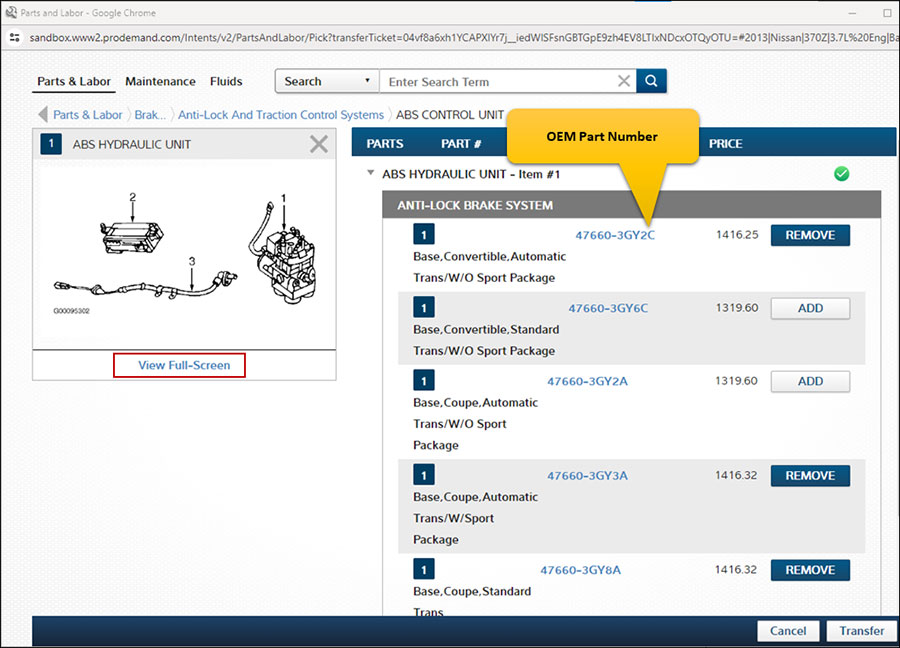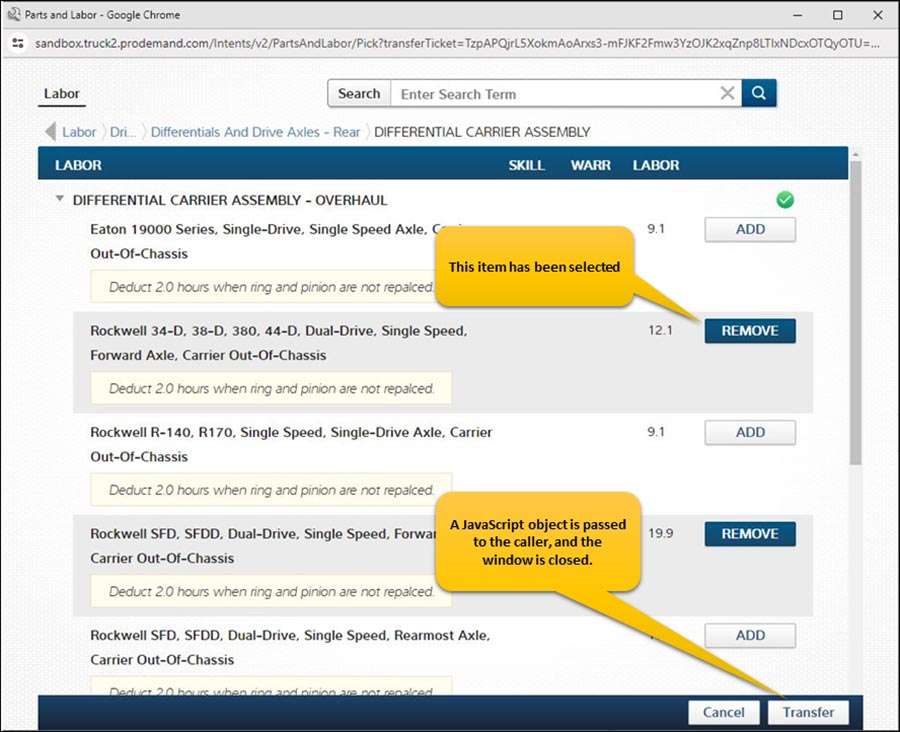Mitchell’s Field Reps Help Build a Business and Enduring Customer Relationships Through the Decades
Editor’s Note: This is Part 4 of a history series tracing the evolution of Mitchell 1 and individuals who have contributed to the company’s success for over a century.
Summer 1978: A road-worn sedan pulled through the shop gate and came to a quick stop. The gentleman driving the car rapidly exited the car and popped open the trunk lid.
“Who is that?” I asked my boss, the shop owner, who during my high school years was teaching me the nuts and bolts of my future automotive career.
Oh, that’s the “Mitchell Man,” he replied, wiping the grime from his hands as he headed out to greet this new visitor.
Curious, I followed the boss to see what this “Mitchell Man” was all about. While the two men were conversing, I peered into the cavernous trunk. Before my eyes, neatly arranged, rested a treasure trove of large new books.
Those books I soon discovered contained repair time estimates, repair and diagnostic information, fascinating illustrations and wiring diagrams. This “Mitchell Man” was bringing new knowledge into the shop. I could hardly wait to start looking through the books, which were soon placed on the shop library shelf.
Building Relationships Through Decades with Trust and Commitment
Stories like mine have played out in thousands of repair shops for decades. These stories all have a common thread, namely the Mitchell representative. In this installment of the Mitchell 1 history, we will gain insight into the Mitchell field representatives and the vital role those men and women play in the relationship between the shop and Mitchell 1.
The connection with the Mitchell 1 rep to the shop is not just about selling a product. The goal is to provide solutions that will help shops be successful. That goal means building relationships, and building relationships take time, commitment and trust.
In today’s world, a quick internet search will typically reveal an answer about where a product or service may be obtained. In many instances, you pay the money, get the thing, and perhaps have no idea as to everything the thing does.
With the ease at which things can be acquired through the internet, one may wonder if face-to-face interactions between a Mitchell 1 field rep and the shop have any value. There is, in truth, great value. And that value is found in relationships. So, let’s journey back to the inception of the “Mitchell Man” and see how such relationships make life better.
From Catalogs to Collaboration: The Journey of Glenn Mitchell and Ron Sager Sr.
In a previous Mitchell 1 history blog, we introduced John L. Prinvale, owner of John’s Automotive Electrical. John is a longtime Mitchell 1 customer and a strong advocate of Mitchell 1 products.
John graciously shared a “Mitchell Messenger” newsletter from November 1985 that featured an article highlighting the story of Rob Sager Sr. and Glenn Mitchell, founder of the Mitchell Manuals. John fondly remembers Ron’s son, Bob Sager, as the “Mitchell Man” in the 1970s when John’s shop was in Redwood City, California.

Mitchell Messenger Newsletter, November 1985
As recounted in the article, Mitchell and Sager worked in the parts fulfillment department in Depression-era Detroit. The men were frequently called upon to verify parts selections requested by parts-counter workers. Since the parts had overlapping numbers and reference codes, the parts-counter men had to reference six-to-10 catalogs to determine the correct parts for specific vehicles.
Evolution of the “Mitchell Man”: From Parts Lists to Business Solutions
The men recognized the shortcomings in the complex and potentially error-prone system. Determined to find a better approach, the men began developing their own lists that included part numbers and prices, which were then typed up by Grace Sager, Ron’s wife.
The new cataloging approach saved time and quickly gained a following as other parts-counter persons learned about the new simplified lists. Mitchell and Sager developed a more efficient parts cataloging system in the 1930s, which gained popularity among parts counter staff.

The Sager family moved to Los Angeles in 1942 after a promised job fell through in Detroit. Ron Sr. eventually landed a job at Pelton Motors – the largest Chrysler dealer in the city – where he transformed the parts distribution center into one the largest in the United States. His sons, Ron Jr. and Bob, also worked at Pelton Motors before pursuing different paths.
Glenn Mitchell, meanwhile, published the first edition of the Mitchell Manuals in 1946. It was the automotive industry’s first collision estimating guide that included parts illustrations, prices and part numbers.
In a fateful turn of events, Glenn offered Ron Sr. an opportunity to become his first Mitchell sales rep and establish a team in the western United States. Ron Sr. had just received life-saving treatment in Scottsdale, Arizona, for a rare disease, and eagerly embraced the chance to leave his mark in the industry.
By 1959, his son Bob joined Mitchell as a representative for a broader region, and by 1971, Ron Jr. also joined Mitchell as the rep for Southern California. The following year, Ron Sr. passed away one month after his wife’s death.


Continuous Innovation with New Products and Processes
Throughout the years, Glenn Mitchell purchased several small privately-owned publications and expanded his product line. His publication coverage included Service & Repair Manuals, Parts and Labor Estimating Guides, and Collision Estimating Guides. Glenn Mitchell passed away in August 1971. In February 1972, Mitchell Manuals, Inc. was acquired by Computing & Software, Inc., which became the Cordura Corporation, with Mitchell Manuals becoming a division of that public corporation.

In 1998, Snap-on Incorporated acquired the repair division of Mitchell, forming Mitchell Repair Information Company (known as Mitchell Repair), based in Poway, California. The company expanded coverage to include service and repair data; parts and labor data; software management systems; and an integrated aftermarket parts database.
Mitchell Repair had an extensive in-house print shop in Poway, California; however, with evolving technology, the print manuals were replaced by CD and DVD products and custom software. In 1991, Mitchell Repair changes its name to Mitchell 1, which introduced web-based software.
Final Thoughts
As the company evolved, the Mitchell sales reps continued their tradition of building enduring relationships. They were not just selling information; they were building a business based on solid customer connections. From the first “Mitchell Man,” Rob Sager, Sr., to the hard-working Mitchell 1 sales representatives today, these individuals have shaped the success of countless repair shops nationwide.
Related Articles:
- Part 3: The Evolution of Mitchell 1: A Century of Automotive Expertise
- Part 2: Transforming the Auto Repair Industry: The Remarkable Journey of Mitchell Manuals
- Part 1: The Reed Era: Laying the Foundation for Mitchell 1 Auto Repair Information
- Exploring the Evolution of Wiring Diagrams for Auto Repair and Electrical Diagnostics
- Evolution of an Estimator Guide – A Brief History of Mitchell 1







